Himachal Pradesh's drug menace: CM Thakur admits 27 per cent youths are addicted

The drug menace is playing havoc in the hill state of Himachal Pradesh has hit hard. The fact has been acknowledged by the Chief Minister Jai Ram Thakur who reportedly admitted that about 27 per cent youth in the state is involved in drug abuse as he called for collective measures to check the situation from becoming worse.
While Himachal has been infamous for producing world famous marijuana and charas that has been finding its way across the country and even abroad for decades, the situation has now got complicated with synthetic drugs finding their way into the hill state from the plains and youngsters getting hooked to them.
Sources reveal that the things have come to a pass that youngsters have started dying of drug abuse but their families have been trying to hide the cause of death on account of social stigma. This reporter was recently apprised of a couple of such deaths in Solan. Sources further reveal that the mushrooming of private educational institutions and influx of students from the neighbouring states has also exposed the local youth to the consumption of synthetic drugs. A high level of education coupled with rising unemployment is further adding a new dimension to the crisis.
Apart from heroin, cocaine, MDMA commonly known as ecstasy and liquid lysergic acid diethylamide (LSD), the youngsters are hooked to a whole lot of pharmaceutical drugs like cough syrups, anti depressants and sleep inducing pills which are easily affordable on account of their low cost. The synthetic drug 'Chitta' that has caused havoc in the neighbouring Punjab has also made an entry in Himachal in a big way.
A food joint owner based in Solan said, “I have many youngsters approaching me daily for silver foil that we use to pack food items. They need the same for taking drugs.”
Recently a doctor told this reporter that drugs prescribed for medicinal purpose are difficult to get at hospitals and pharmacy shops but are easily available near schools and colleges.
Another dimension to the problem reported recently is the smugglers from Pune, Mumbai, Bengaluru and Delhi resorting to barter synthetic drugs for hashish or marijuana. The menace is spreading fast across the state.
A thing that needs to be pointed here is that marijuana and hashish have been flowing out of Himachal for decades right under the nose of the successive governments and precious little was done to check this. Now the drug mafia has grown to an enormous size and the influx of synthetic and abuse of pharmaceutical drugs pose a big challenge to the government.
Director General of Police (DGP) S.R. Mardi recently said 230 kg charas has been seized from drug peddlers this year. He said the police have sensitized over 600,000 people on the ill effects of drugs. The government claims that 1023 anti drug campaigns have been organized this year.
The Chief Minister underlined that a Special Task Force (STF) has been constituted in the Police to effectively implement the campaign against the drug peddlers and three State Narcotics Crime Control units have been set up at Shimla, Kangra and Kullu. He has urged NGOs, mahila mandals and representatives of panchayati raj institutions to come forward to eradicate the evil.
The government accepts that the tourist influx, including the foreigners, reveals a deadly narcotic nexus.
The growing narcotics menace has overwhelmed a good number of youth in Kullu, Manali, Mandi and Shimla and the narcotics trade is assuming horrific shape in Kullu where a large numbers of tourists, mostly Israelis, pour in every year. This has inspired local farmers to clandestinely cultivate poppy or cannabis crops to earn quick bucks. The number of cases registered under the Narcotic Drugs and Psychotropic Substances (NDPS) Act in Himachal Pradesh has more than tripled in last decade.
The government undertook a comprehensive destruction campaign against the cultivation of poppy from which opium is derived from April 15 this year in all the districts. A fresh drive to destroy cannabis is to begin from the end of this month. These drives are launched through the panchayats.
According to Mardi, all revenue officials, forest officials and elected representatives of panchayati raj institutions and urban local bodies are duty bound to inform police about the illegal cultivation of cannabis and poppy in their respective area of jurisdiction.
They have to give the information in writing to concerned Station House Officer and Superintendent of Police (SP). The forest officials are supposed to regularly patrol the areas in their respective jurisdiction and report the illegal cultivation in their beat to the police.
Once illegal cultivation is detected, a joint campaign is launched to destroy such cultivation by involving all stakeholders, enforcement agencies and departments of forests, revenue, panchayati raj and rural development.
These agencies are to submit progress report on poppy and cannabis destruction before August 15, 2018. All SPs have been asked to associate mahila mandals, yuvak mandals and other NGOs while conducting the destruction of poppy and cannabis crops.
In addition to this the agriculture and horticulture departments in coordination with rural development department have been told to jointly submit a proposal to adopt alternative cash crops suitable for areas cultivating opium poppy and cannabis illegally.
The action plan that has been chalked out aims at preparing a training module for nodal training officers of education department to sensitize students on drug abuse. During the parent teacher meetings, the parents of students will also be sensitised on this issue. Counseling sessions are being organised once in a week in educational institutions on drug abuse. There is a move to carry out random checks in and around the educational institutions to identify students who indulge in drug abuse. The objective of such counseling is to reach the suppliers of drugs through students.
The plans are afoot to keep all shops and eating joints near educational institutions under strict surveillance and their inspection be carried out time to time. A massive public awareness campaign is also on the cards.
OP Sharma, a retired officer from the Narcotics Control Bureau (NCB) while referring to Thakur's statement on 27 per cent youth being hooked to drugs said, “At least the government has started talking about the issue and has understood the gravity of the problem. It needs to be seen from where this 27 per cent figure has been derived.”
Sharma has been saying that the states facing the drug menace need to set up an autonomous Narcotics Control Board that has extremely fair and professional members who are experts in banking, finance, legal affairs, policing and enforcement. This board can monitor the line agencies and ensure that those trapped are not able to evade conviction.
He further advocates the need for an Inter-State Anti-Drug Vigilance Bureau having officers of the ADGP rank as members to monitor drug movement and provide inputs to the state-level Narcotics Control Boards to act on the ground.
It is a known fact that the politicians are also involved in making a quick buck through the drug trade. The government needs to set an example by bringing such elements to book. Only last week a son of a former MLA was arrested along with three others with about half a kg of charas. Jai Ram Thakur has to show the political will to put his plan into action.


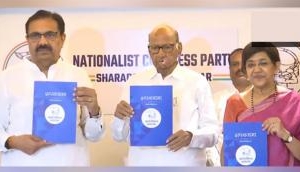
_251372_300x172.jpg)
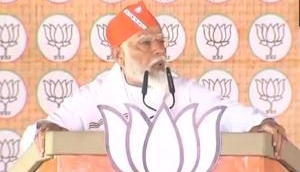
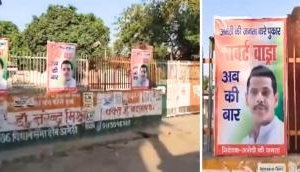

![BJP's Kapil Mishra recreates Shankar Mahadevan’s ‘Breathless’ song to highlight Delhi pollution [WATCH] BJP's Kapil Mishra recreates Shankar Mahadevan’s ‘Breathless’ song to highlight Delhi pollution [WATCH]](http://images.catchnews.com/upload/2022/11/03/kapil-mishra_240884_300x172.png)

![Anupam Kher shares pictures of his toned body on 67th birthday [MUST SEE] Anupam Kher shares pictures of his toned body on 67th birthday [MUST SEE]](http://images.catchnews.com/upload/2022/03/07/Anupam_kher_231145_300x172.jpg)



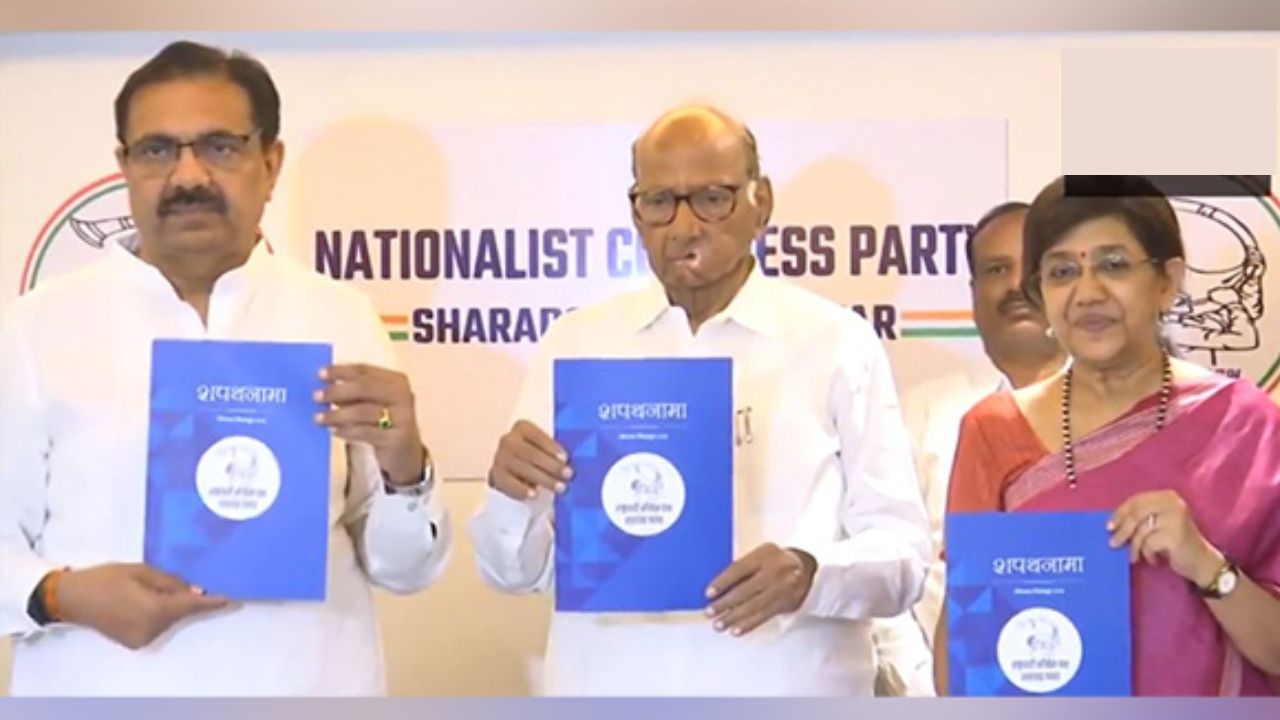
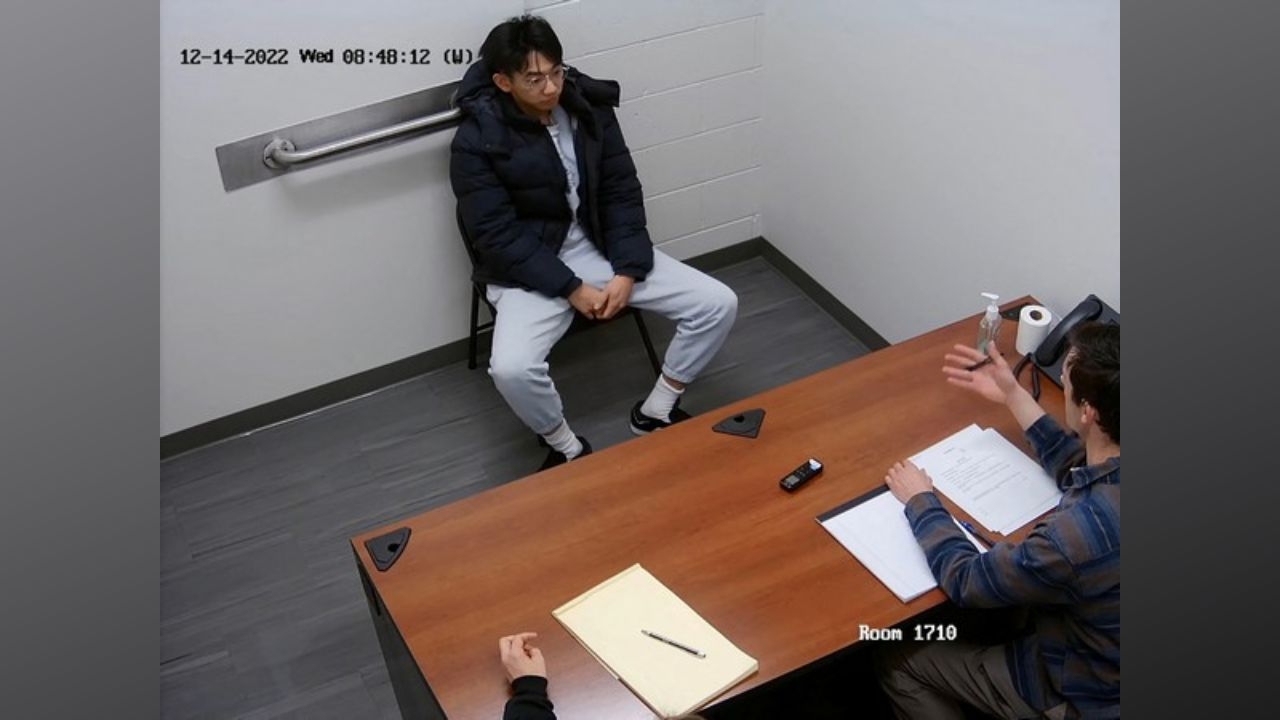

_251372_1280x720.jpg)